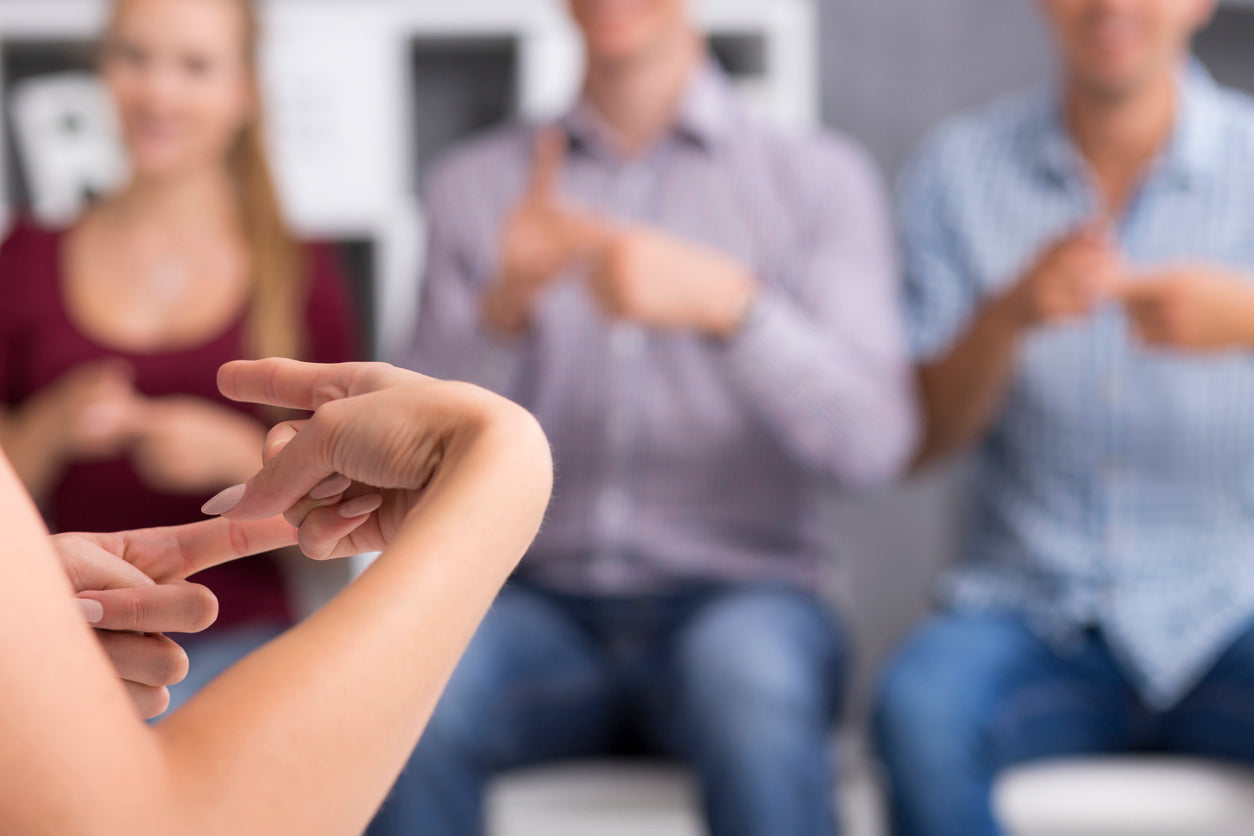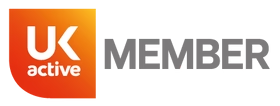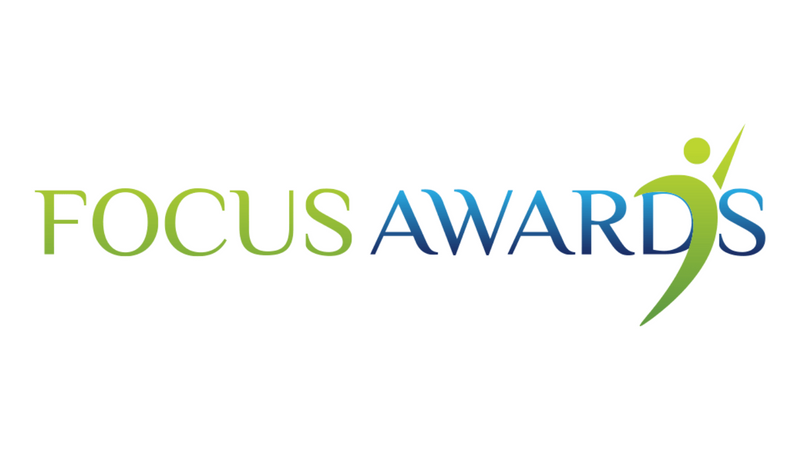According to the Royal National Institute for Deaf People (RNID) there are 12 million adults in the UK with hearing loss greater than 25 dB HL, and there are at least 50,000 deaf children in the UK. The risk of hearing loss also tends to increase with age with more than 40% of over 50s and more than 70% of over 70s experiencing hearing loss.
In light of these statistics, there is a clear need to ensure inclusivity in the fitness sector with this demographic in mind. To help address this, during Deaf Awareness week which was 1st - 7th May 2023, fitness educator Heather Walker from personal trainer course provider Study Active has put together some useful tips for fitness trainers who work with deaf and hearing impaired clients. Please read on to find out more.
Ensure you position yourself so your client can lip read you in a gym environment
A lot of deaf and hearing-impaired people rely on lip reading, so if you are working with a deaf client make sure you are always in a position where they can read your lips.
Make sure you aren't stood with a light directly behind you, as this will make your face darker, and your lips will be more difficult to read. Also try not to cover your mouth whilst talking.
A lot of people think that when talking to a deaf person you need to speak really slowly and over emphasise your words, but this can make your mouth make funny shapes that they won't be able to recognise! It is best to try and just talk normally. You can always repeat yourself if they don't understand the first time.
Increase your visual demonstrations of exercises
Deaf clients may need more visual demonstrations of exercises.
You can also emphasise what they should and shouldn't be doing, for example show them the correct position and nodding, and then the incorrect position whilst shaking your head.
I have been working with a deaf client for 6 years now, and we have found the best way for me to teach exercises to him is to demonstrate once at normal speed, then two or three times at a slower speed, emphasising the key teaching points, such as body position, and then once more at a normal speed.
Provide visual aids to assist understanding of exercises
If a client is struggling to understand, it might be easier to just write it down, either with a pen and paper or on your phone.
You could also use pictures and videos.
When I work with my deaf client, I will use videos that I can pause to show him what the exercise should look like at different points. Sometimes this is easier than demonstrating the exercise myself, as I can position myself so he can read my lips and see the video at the same time. This also means my hands are free to use sign language!
Learn some basic sign language to help your exercise instruction
According to RNID, it is estimated there are 25,000 who use British Sign Language (BSL) as their main language. If your client is one of them, you could learn some simple signs. Ask them to show you signs for the words and phrases you regularly use. You could even consider doing a BSL qualification!
When I started working with my deaf client, I already knew how to sign the alphabet, but I got him to teach me a few basic signs such as “hello”, and “how are you?”, as well as random signs for words that came up in conversation! This piqued my interest, and I then went and did my level 1 and level 2 BSL qualifications.
Visual prompts for fire alarm and evacuation in the gym
If the fire alarm goes off a deaf person might not be able to hear it. You can get fire alarms that flash as well so hearing impaired people will be able to see if the alarm is going off, but if your gym doesn't have this you will need a system in place to ensure that any hearing-impaired clients who are training alone are told that they need to evacuate.
Exercise class inclusion
If you are teaching a class to a mixed group of hearing and non-hearing people, make sure the non-hearing people are included, not just during the class but before or after as well. Be sure to check that they are involved and understand what's being talked about. Even if it isn't anything to do with the class, check that they know what is being said.
Limit background noise within the gym
For clients who aren't profoundly deaf and have some hearing, they could struggle to hear you if there is a lot of background noise, such as music or weights slamming. Where possible, when working with these clients you might want to consider turning the music down, or using a studio or area away from where weights might be banging.
Summary
These are just some of many tips and ideas that a fitness trainer can use to increase inclusivity within a gym environment for deaf and hearing-impaired clients. As with all clients, you should ask them what works best for them, as what works well for one might not work for another. They might also have additional ideas for ways that you can support them in their exercise journey. Above all be led by your client – they can help you to help them!







